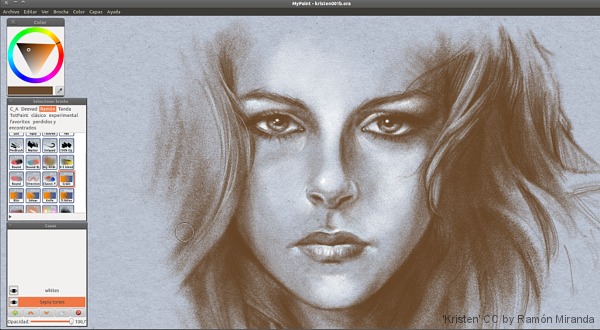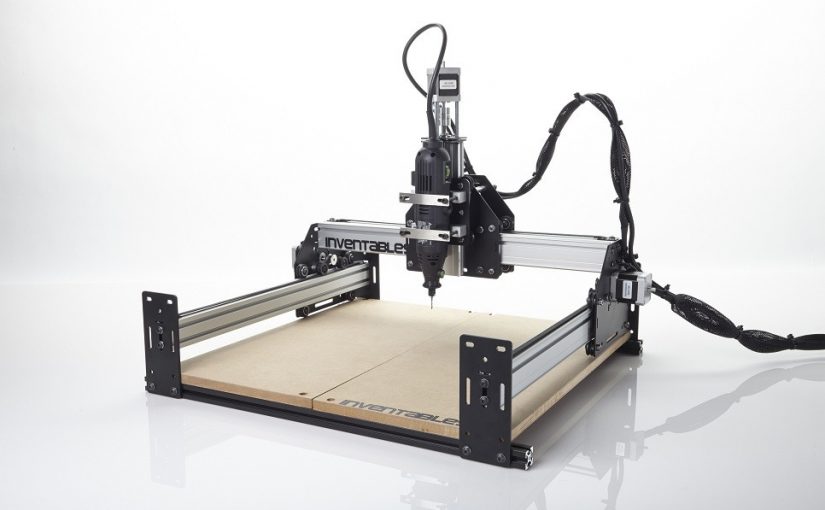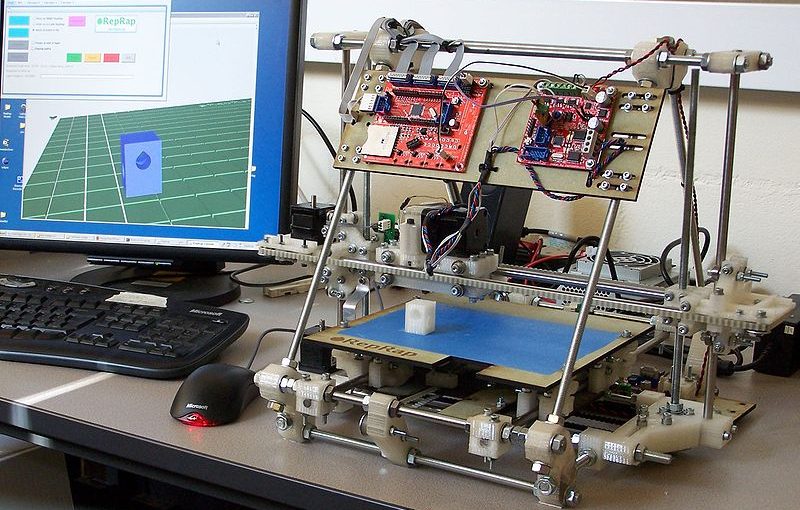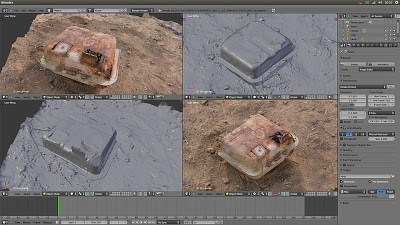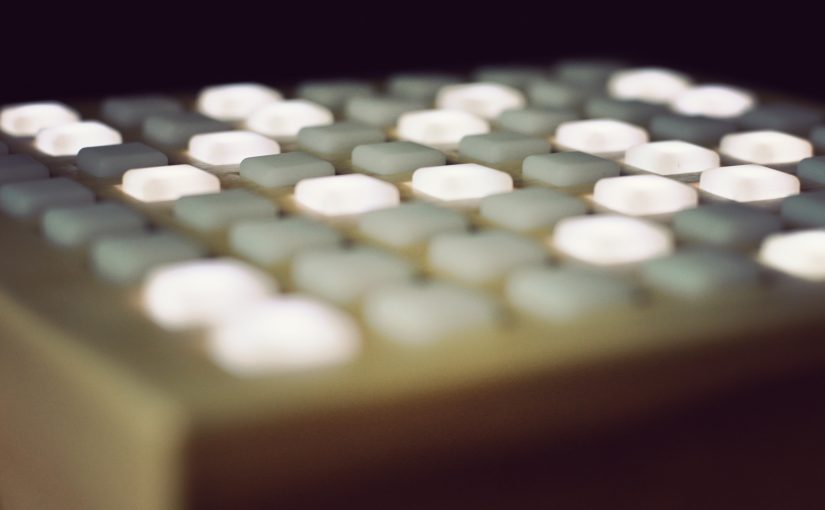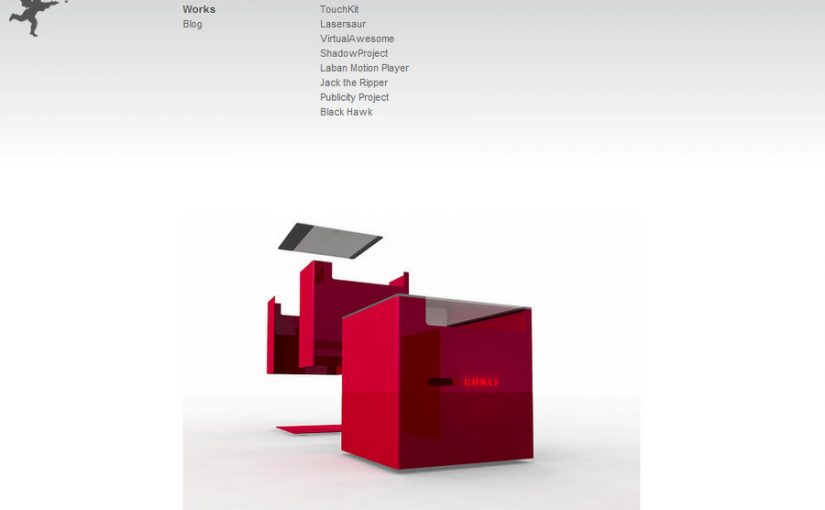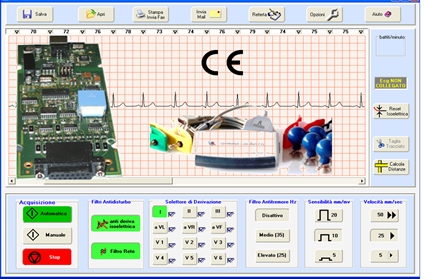MyPaint is a fast and easy open-source graphics application for digital painters. It lets you focus on the art instead of the program. You work on your canvas with minimum distractions, bringing up the interface only when you need it.
- Available for Windows and GNU/Linux
- Designed for pressure sensitive graphics tablets
- Simple and minimalistic user interface
- Extensive brush creation and configuration options
- Unlimited canvas (you never have to resize)
- Basic layer support
MyPaint comes with a large brush collection including charcoal and ink to emulate real media, but the highly configurable brush engine allows you to experiment with your own brushes and with not-quite-natural painting. Before beginning it is a good idea to read the quick-starttutorial to see how the program is meant to be used. You can also visit the MyPaint Wiki.
Related projects are Krita, DrawPile, Flowpaint, Qaquarelle, Alchemy / Webchemy, ChibiPaint,Harmony. You might like easystroke for defining gestures.(Source: http://mypaint.intilinux.com)
